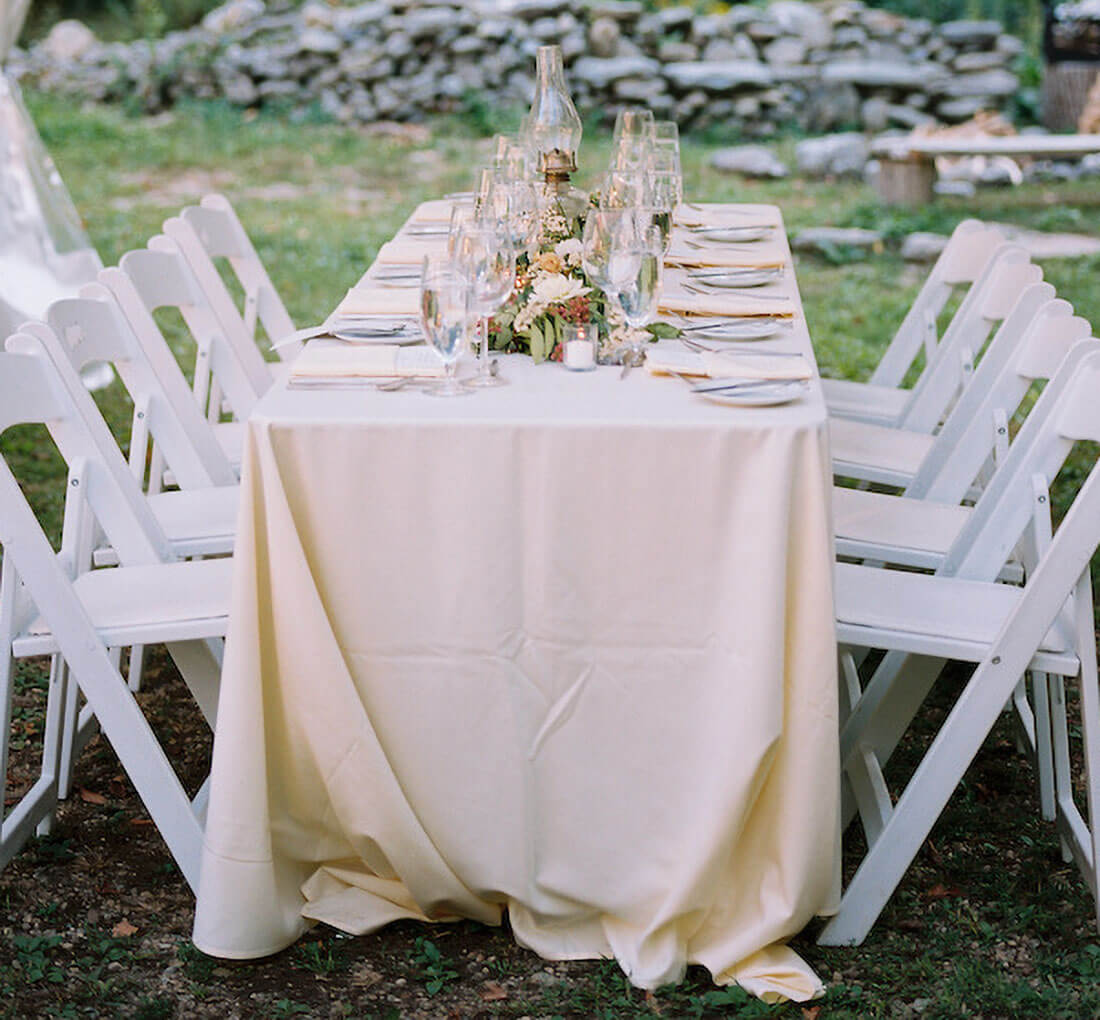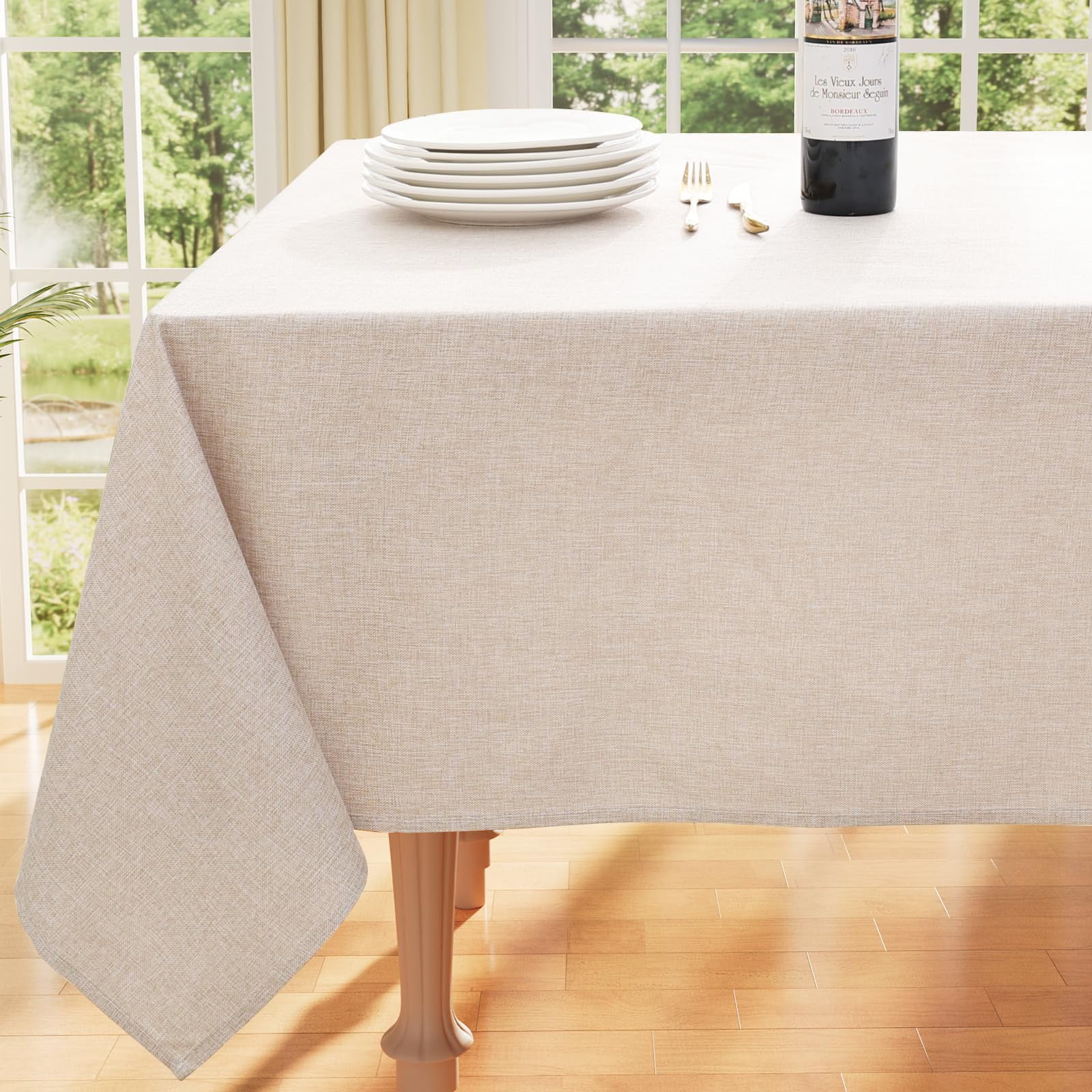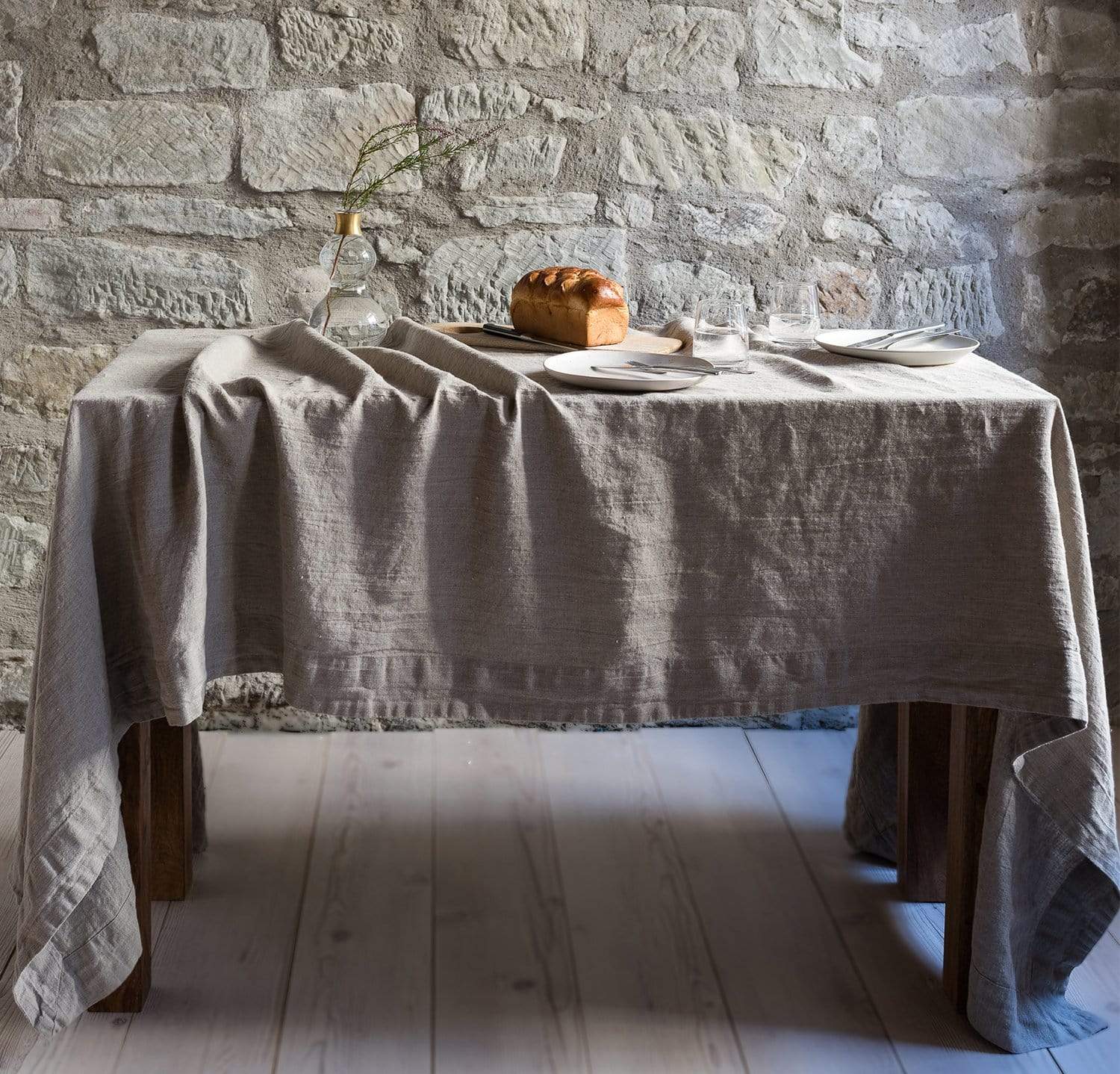Creative Table Runner Makes Use Of: Beyond the Dining Table
Bed Linen Textile Developments: Checking Out Modern Trends and Creative Applications in Design and Fabric Industry
From sustainable manufacturing techniques to advanced weaving modern technologies, the evolution of bed linen is reshaping the landscape of the fabric sector. As we dig into the realms of innovative style applications and the emergence of bed linen blends and crossbreed materials, a brand-new phase unfolds in which bed linen's function in future textile innovations takes facility phase.
Lasting Practices in Linen Production
Lasting methods in bed linen production have actually come to be significantly important in the textile market's efforts to lessen environmental influence and promote ethical sourcing approaches. Bed linen, an all-natural fiber stemmed from the flax plant, provides a variety of benefits such as breathability, toughness, and biodegradability. Nevertheless, typical approaches of bed linen manufacturing can entail significant water consumption, chemical usage, and energy-intensive processes.
To address these obstacles, many textile makers are embracing lasting practices throughout the linen production procedure. This includes sourcing flax from natural farms that stay clear of hazardous pesticides and chemicals, carrying out water-efficient retting techniques to remove fibers from the flax stalks, and utilizing green dyes and coatings. Furthermore, some firms are investing in renewable resource resources to power their manufacturing centers and lowering waste via recycling and upcycling efforts.
Technical Developments in Linen Weaving
With the expanding focus on sustainable practices in bed linen production, the textile industry is currently seeing a rise in technological developments particularly targeted at revolutionizing the art of linen weaving. These advancements are reshaping the way linen textiles are created, offering raised performance, quality, and imagination in weaving strategies.
One of the crucial technological advancements in bed linen weaving is the assimilation of digital looms. These sophisticated looms are outfitted with software that permits complex and complex designs to be woven with precision. By digitizing the weaving process, makers can accomplish higher uniformity and precision in their bed linen fabrics.
Moreover, improvements in thread spinning modern technology have made it possible for the manufacturing of finer and more long lasting linen threads - table cloths. This results in softer and smoother bed linen fabrics that maintain their quality even after multiple usages and washes
In addition, the development of eco-friendly dyeing processes and coatings for bed linen materials is acquiring traction. These lasting practices not just reduce the environmental impact however likewise accommodate the enhancing consumer demand for morally created fabrics.
Creative Design Applications for Bed Linen
Innovative imaginative methods are significantly shaping the creative design applications for bed linen in the textile industry. Linen's all-natural visual allure and ability to mix with various other materials make it a favored choice for producing one-of-a-kind garments and accessories that provide to the ecologically conscious consumer.
Additionally, designers are experimenting with linen in home design, utilizing its breathable and long lasting nature to craft trendy furnishings such as drapes, bed linen, and upholstery. The structure and drape of bed linen bring a sense of class and comfort to interior spaces, adding a touch of elegance to modern-day homes.

Bed Linen Blends and Hybrid Fabrics

Hybrid materials, on the other hand, take the idea of mixing a step additionally by integrating additional aspects such as metal threads, recycled materials, or conductive fibers. These ingenious textiles not only increase the layout opportunities yet also introduce functional facets like conductivity, antimicrobial residential properties, or enhanced sturdiness. Hybrid materials are increasingly being used in numerous industries, including fashion, interior decoration, and technological fabrics, where the need for multifunctional materials is on the increase.
Linen's Role in Future Fabric Innovations

In the world of future textile advancements, linen is expected to be a principal in the development of advanced functional materials. Researchers and developers are exploring ways to improve bed linen's integral top qualities via technological improvements, such as incorporating smart fabrics, nanotechnology, and performance finishes. These developments aim to boost linen's efficiency attributes, making it ideal for a wider range of applications, from activewear to protective apparel.
Additionally, the combination of bed linen with various other natural or artificial fibers opens countless possibilities for creating unique textiles with one-of-a-kind buildings and performances. By leveraging bed linen's features and exploring innovative blends, the textile industry is poised to introduce interesting growths that accommodate evolving consumer demands and sustainability requirements.
Final Thought
Finally, the exploration of sustainable methods, technical innovations, creative layout applications, linen blends, and its function in future textile developments highlight the continual evolution of bed linen textile in the modern-day layout and fabric market. With an emphasis on technology and imagination, the flexibility and environment-friendly nature of linen make it an important material for developers and makers alike, leading the way for more growths and innovations in the field of fabrics.
As we dig right into the worlds of creative design applications and the introduction of bed linen blends and hybrid textiles, a brand-new phase unfolds in which bed linen's function in future fabric developments takes facility stage.
Discovering the combination of bed linen with other fabrics has led to the emergence of cutting-edge blends and hybrid fabrics in the contemporary textile sector. Linen blends use an unique combination of the features of bed linen with those of various other fibers, resulting in fabrics that have enhanced buildings such as enhanced sturdiness, enhanced draping, and reduced wrinkling.The evolution of bed linen blends and crossbreed textiles has actually established the phase for Bed linen to play a crucial duty in driving future textile developments.In the realm of future fabric innovations, linen is expected to be a crucial player in the advancement of advanced useful textiles.